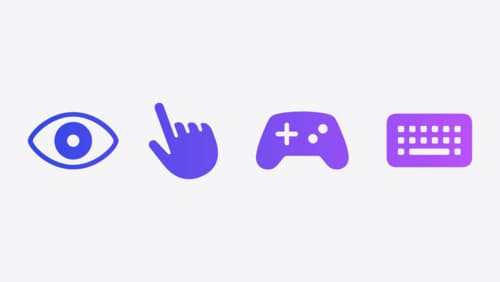How to do a gesture-driven transition?
Asked on 2024-09-26
1 search
To create a gesture-driven transition, you can utilize the unified gesture systems in UIKit and SwiftUI, which now adhere to consistent rules. In iOS 18, you can specify dependencies between gestures across both frameworks. This allows for seamless coordination of gestures, which is essential for creating smooth, gesture-driven transitions.
For example, in a SwiftUI hierarchy nested within a UIKit one, you can manage gestures like a single tap in UIKit and a double tap in SwiftUI by setting a failure requirement between these gesture recognizers. This ensures that gestures are recognized in the desired order and do not interfere with each other.
Additionally, you can enhance your UI animations and transitions by using the new Zoom transition, which is continuously interactive. This allows users to grab and drag elements during the transition, providing a more fluid and responsive experience.
For more detailed guidance, you can refer to the session What’s new in UIKit (04:24) and Enhance your UI animations and transitions (11:20) from WWDC 2024.

Platforms State of the Union
Discover the newest advancements on Apple platforms.

What’s new in UIKit
Explore everything new in UIKit, including tab and document launch experiences, transitions, and text and input changes. We’ll also discuss better-than-ever interoperability between UIKit and SwiftUI animations and gestures, as well as general improvements throughout UIKit.

Explore game input in visionOS
Discover how to design and implement great input for your game in visionOS. Learn how system gestures let you provide frictionless ways for players to interact with your games. And explore best practices for supporting custom gestures and game controllers.
